Gaming PC build guide
A gaming PC build guide might make some depressing reading right now. Such is the way of the current PC market in that, while it's easier than ever to physically build a gaming PC, it's never been harder to actually find the component parts to do so.
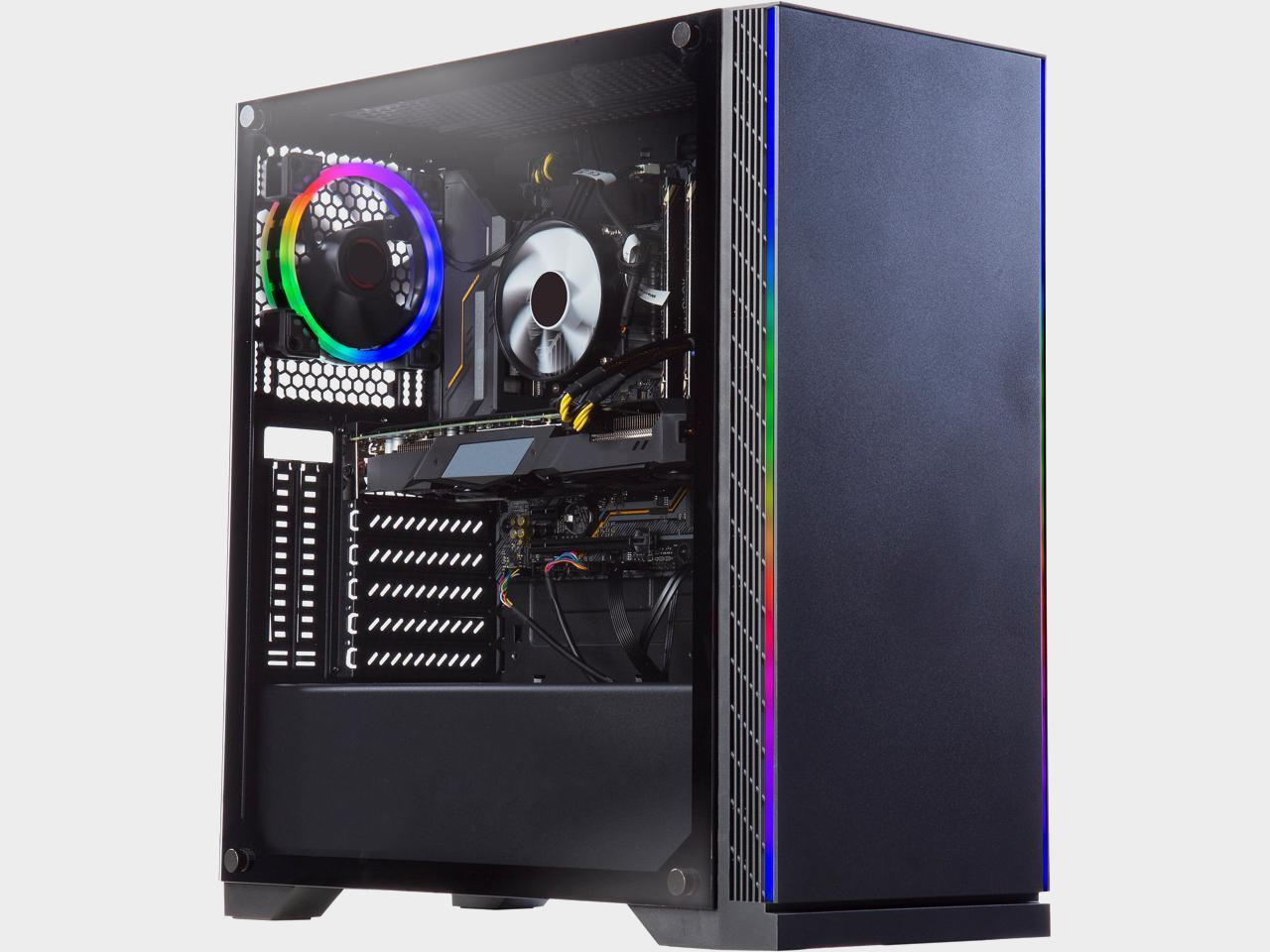
Your best chance of getting hold of the best graphics cards and CPUs right now is to buy one of the best gaming PCs or best gaming laptops.
The biggest issue is the graphics card shortage; GPUs are almost impossible to find right now, from the lowliest pixel pusher to the most powerful graphics monster. Whether it's Covid-19 related supply chain issues, or the resurgence of cryptocurrency mining with GPUs, they're either all out of stock or only available for many times their MSRP.
Despite all this, we're looking at a system with a target price of around $1,000, and that's where the rest of our build sits for the prospective $400 Nvidia GeForce RTX 3060 Ti that we would recommend for this level of system. And while It's possible to pick up everything aside from the GPU today, the graphics card really is the beating heart of any gaming PC, and that makes it difficult to recommend a full build without basing your new rig around a GPU.
Although the excellent AMD Ryzen 5000 series has entered the market, we're still recommending a last-gen chip as the best price/performance option. The Ryzen 5 3600 offers impressive six-core CPU chops for around half the price of the newer Ryzen 5 5600X, and means we can spend more on that ephemeral graphics card purchase.
If this isn't quite what you're looking for, also check out our budget PC build guide and high-end PC build guide. Or even get someone else to build it for you with a cheap gaming PC deal.
CPU
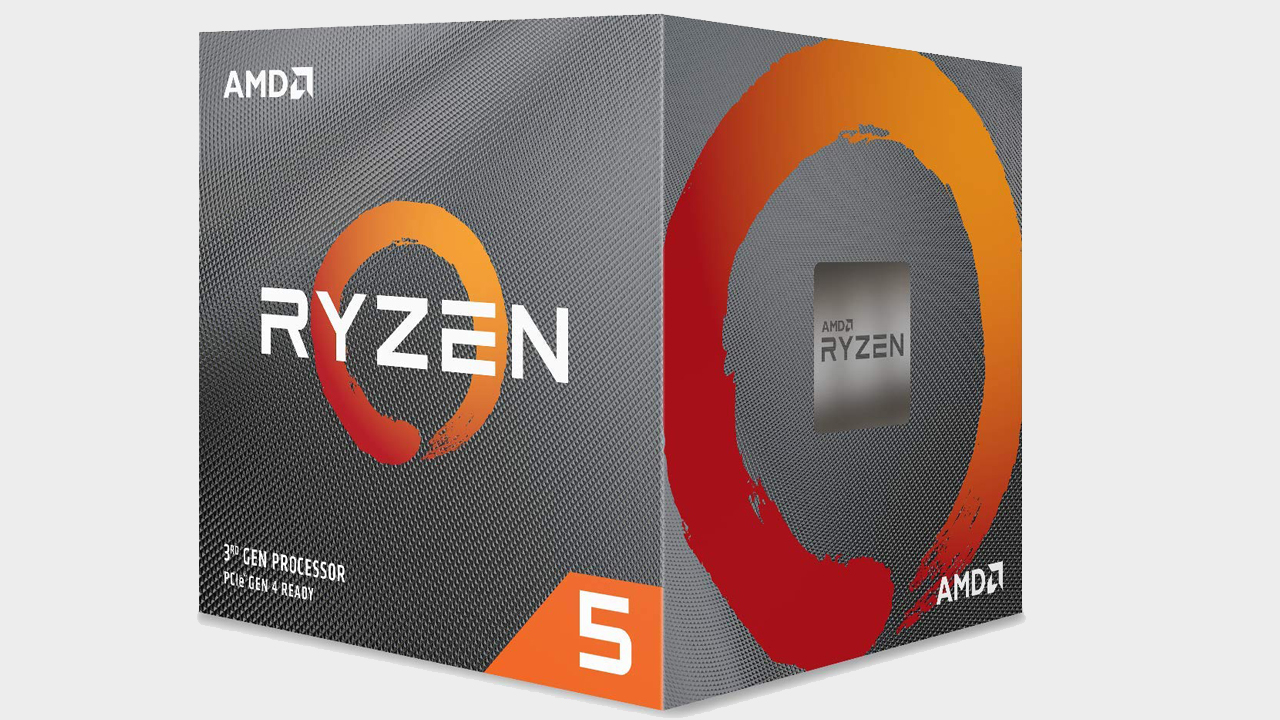
The Ryzen 5 3600 is an excellent candidate for mid-range gaming. It outclasses our previous pick for this build, the Intel Core i5 8400, and offers superior performance, overclocking and a slick-looking stock cooler all around the same price point.
There is going to be the question of whether we should have gone for the Ryzen 5 5600X given our love of the six-core, 12-thread Zen 3 chip. But while that CPU is now actually available, it's still pretty much double the price of the older Ryzen 5 3600. It will be the quicker chip, but if we're just talking about a gaming-focused machine with a tight $1,000 budget, taking that extra $200 and ploughing it into the promise of a graphics card purchase will yield greater performance.
Ultimately we went with the Ryzen 5 3600 because it gives us the best bang for our buck, and some additional room to expand into more powerful 3rd gen AMD CPUs down the line. If you're looking for a little extra power in your next build, check out our guide to the best CPU for gaming in 2021.
Motherboard
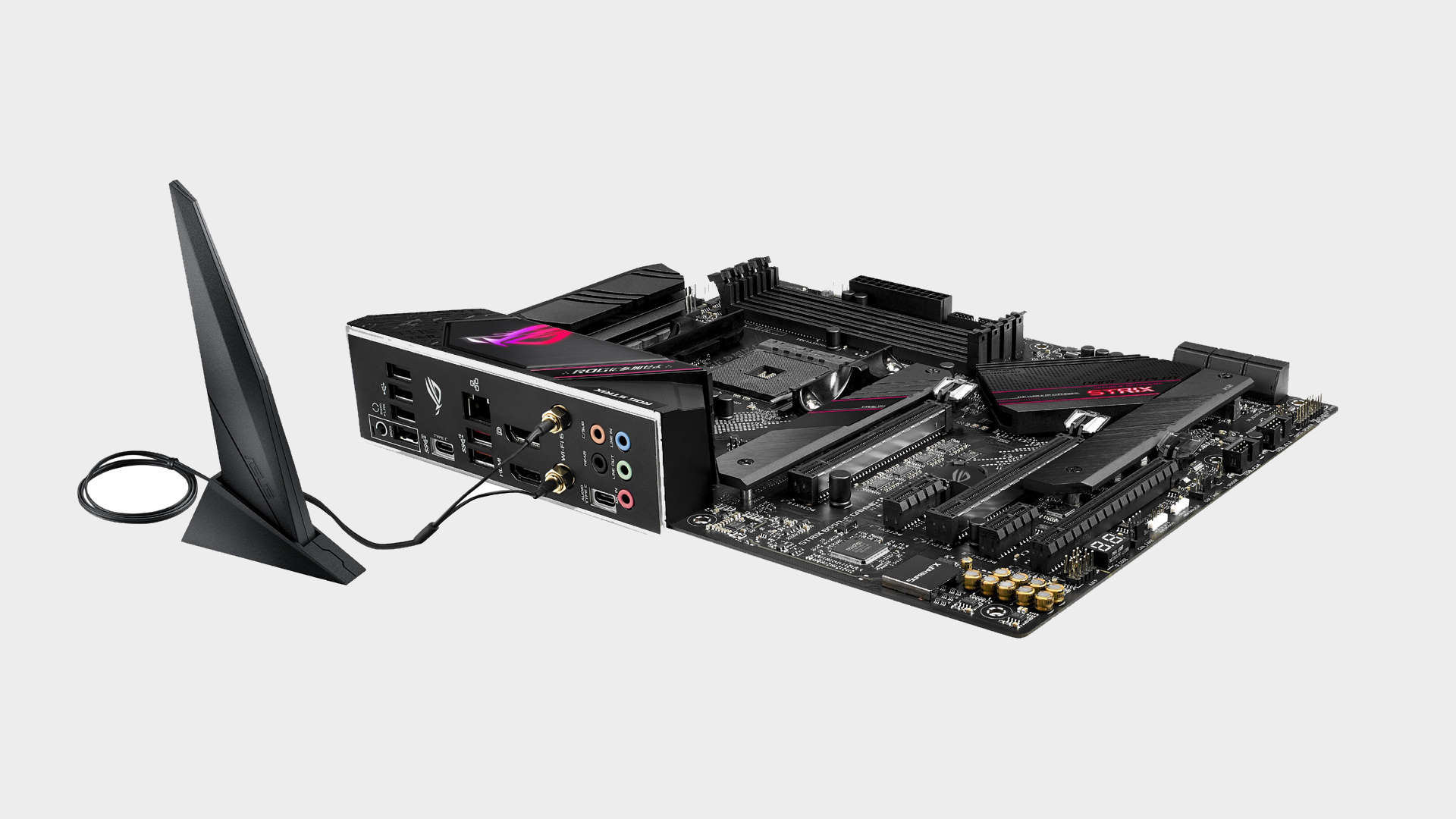
Sure, the Asus ROG Strix B550-E isn't the cheapest motherboard for a Ryzen 5 3600 chip, but it offers a huge amount of potential room for your PC to grow in the future. You get the chance to upgrade to the newer Zen 3 CPUs, taking full advantage of all the goodness AMD has baked into them, and that means you have the opportunity to shift to PCIe 4.0 devices going forward.
It's a premium motherboard, with all the trappings you'd expect from Asus' Republic of Gamers stables, such as 14+2 power stage, M.2 heatsinks, and pre-installed backplates. You also get Wi-Fi 6 wireless networking as well as Intel 2.5Gb ethernet too. And RGB LEDs, of course.
Performance too is typically good for a high-end Asus board, matching X570 motherboards for gaming performance without issue. The Asus ROG Strix B550-E Gaming is the whole package then, and right now is our all-around pick for the best B550 motherboard.
Please read our full Asus ROG Strix B550-E Gaming review.
GPU

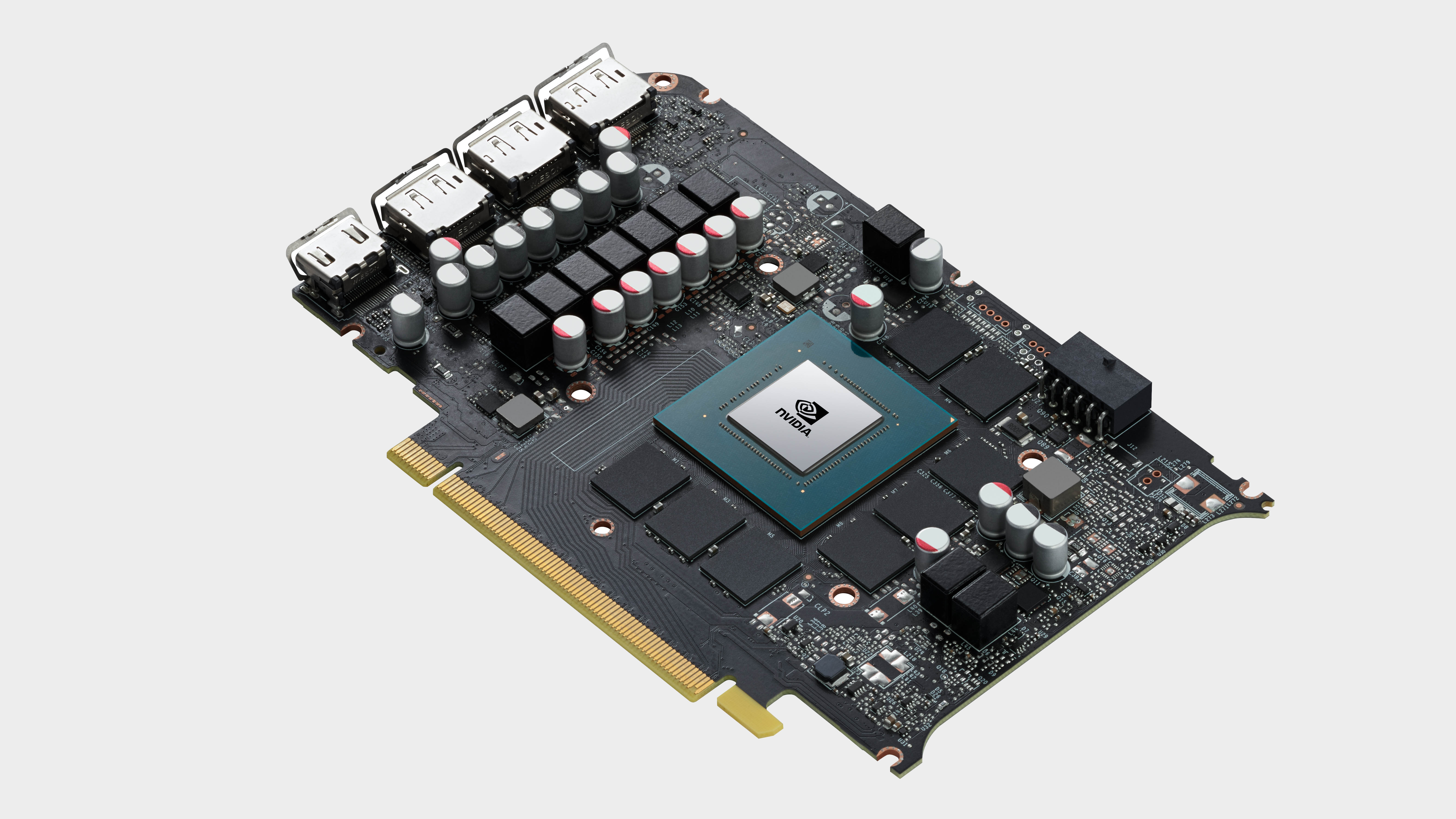
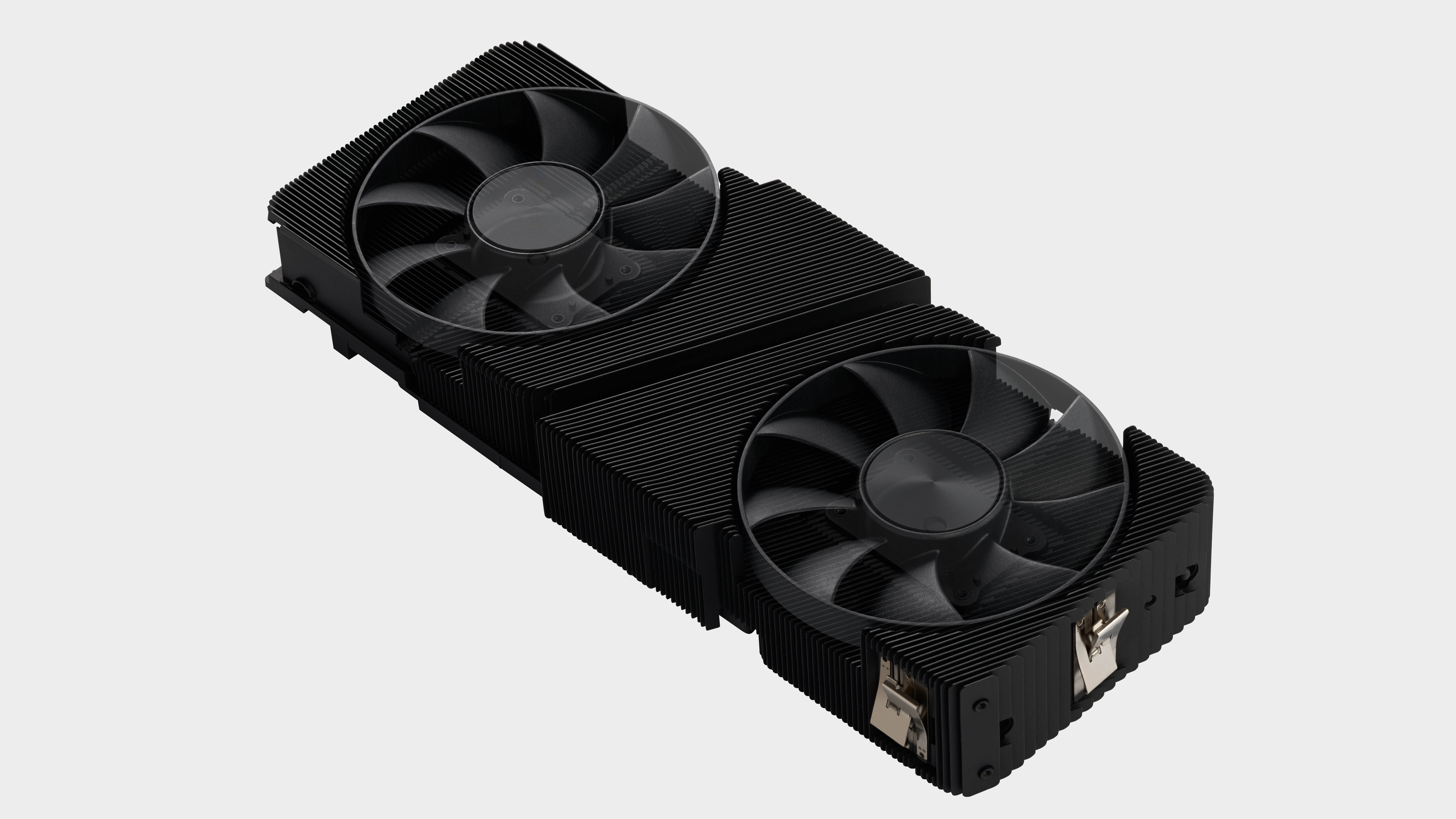
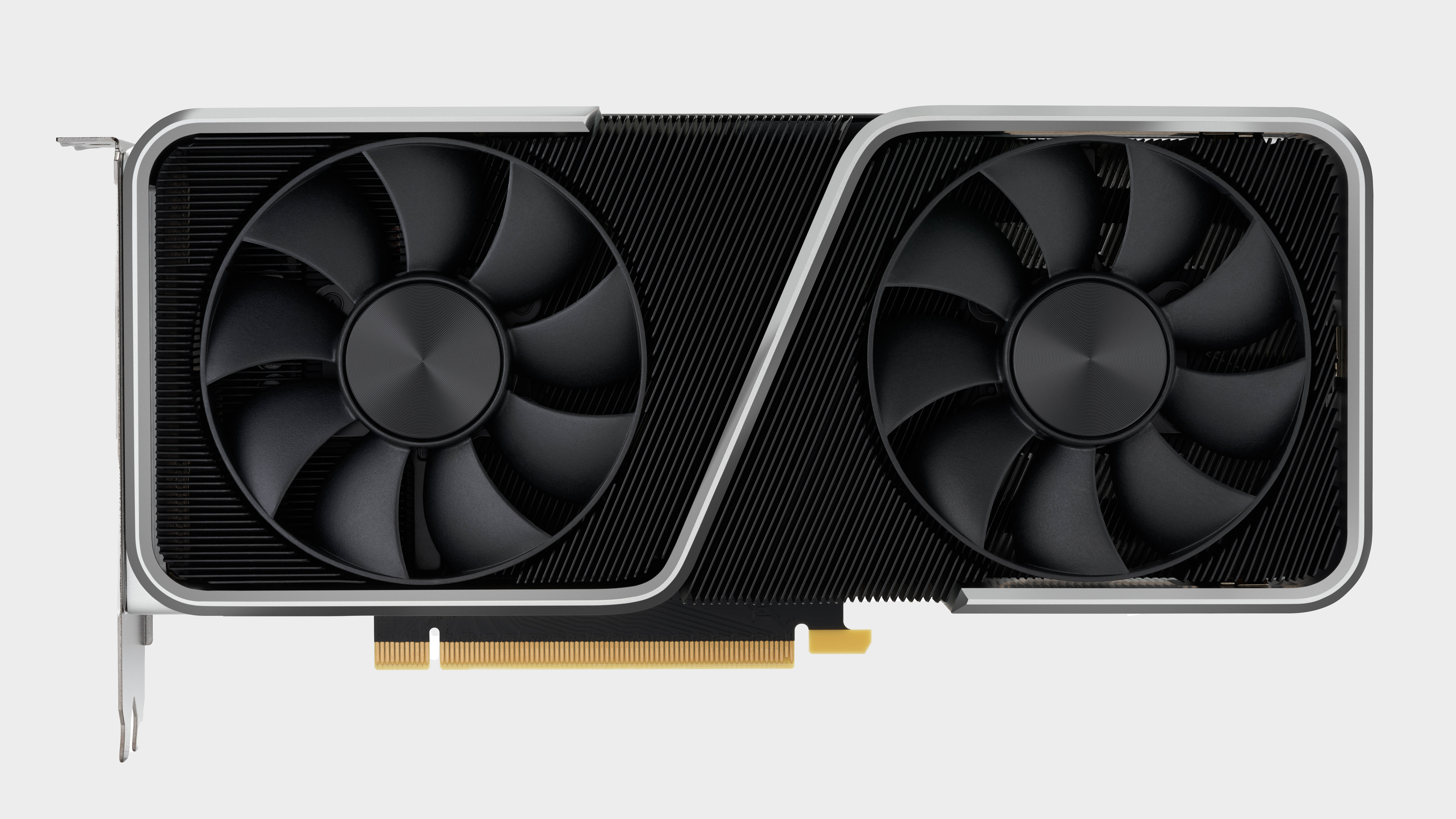
The obvious problem is that it's borderline impossible to find a new RTX 3060 Ti right now, especially for anything near the $399 reference price of the mighty Founders Edition. But the RTX 3060 Ti is still the GeForce card that we would opt for, all things being equal.
It marks the same incredible generational leap in performance that has come to epitomise the Ampere architecture, up until the non-TI GeForce RTX 3060, that is. With performance that can often outpace the RTX 2080 Super, for a nominal $399 price tag, it's the mid-range card to beat. Something the RX 6700 will have to do now the Radeon RX 6700 XT has just missed the mark.
And, because of its RTX 2080 Super performance levels, that means you can nail 1080p and 1440p frame rates, but also that 4K at 60fps isn't beyond the realms of possibility for this GPU. The RTX 3060 Ti then delivers gaming performance that's rather stupendous when you look at generational gains over even the RTX 20-series—next to the 10-series it's quite frightening, actually.
Read our full Nvidia GeForce RTX 3060 Ti review.
Memory
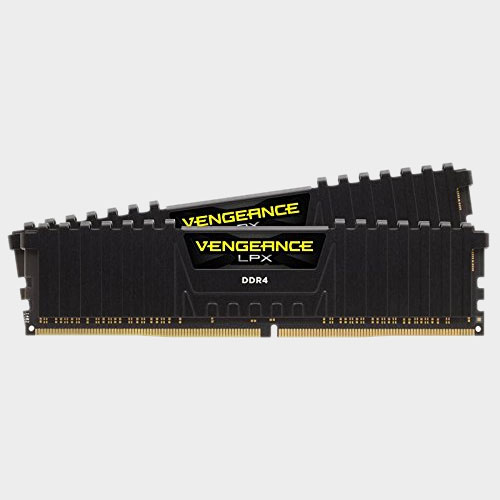
Memory is pretty straightforward these days, though if the price isn't much higher you can improve performance slightly with faster RAM. DDR4 prices have thankfully galvanized somewhat, with typical costs for 16GB often falling well below $100. There are many options to choose from: Adata, Ballistix, Corsair, Crucial, G.Skill, GeIL, Gigabyte, Hynix, HyperX, Micron, Mushkin, Patriot, PNY, Samsung, Team, and XPG are all good brands as far as we're concerned.
Our main goal for gaming memory is DDR4-3000 or higher, with as low a CAS latency as possible, but at a good price. It doesn't make a lot of sense to buy extreme memory for a mainstream build, but with DDR4-3200 only costing $10 more than basic DDR4 kits, it's worth paying a little extra for AMD builds.
For more information, check out our guide to the best gaming DDR4 RAM options in 2020.
Primary Storage
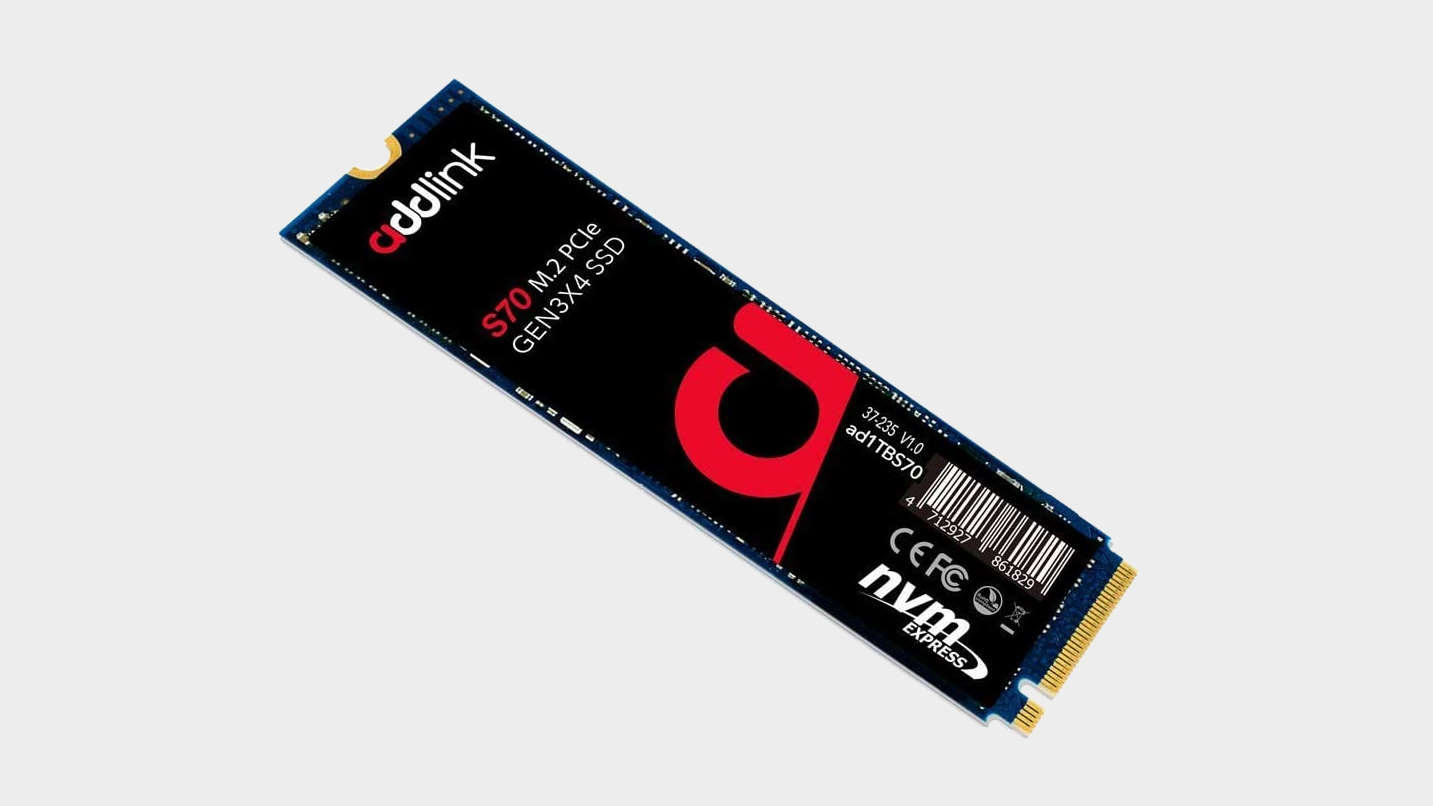
An NVMe M.2 SSD offers swift access to your data, and the Addlink S70 delivers that snappy response at an exceptionally agreeable price. Fitted with 512GB worth of NAND flash, there's enough space for your operating system, applications, and a handful of games, too.
A single M.2 SSD offers flexibility when it comes to future upgrades, such as a SATA drive, second NVMe SSD, or high-capacity HDD—that's why we recommend picking up a capable one from the get-go and planning ahead to your next storage upgrade for a little more freedom with upcoming game installs.
If you're looking for other SSD options, then be sure to check out our guide on the best SSD for gaming.
Additional Storage
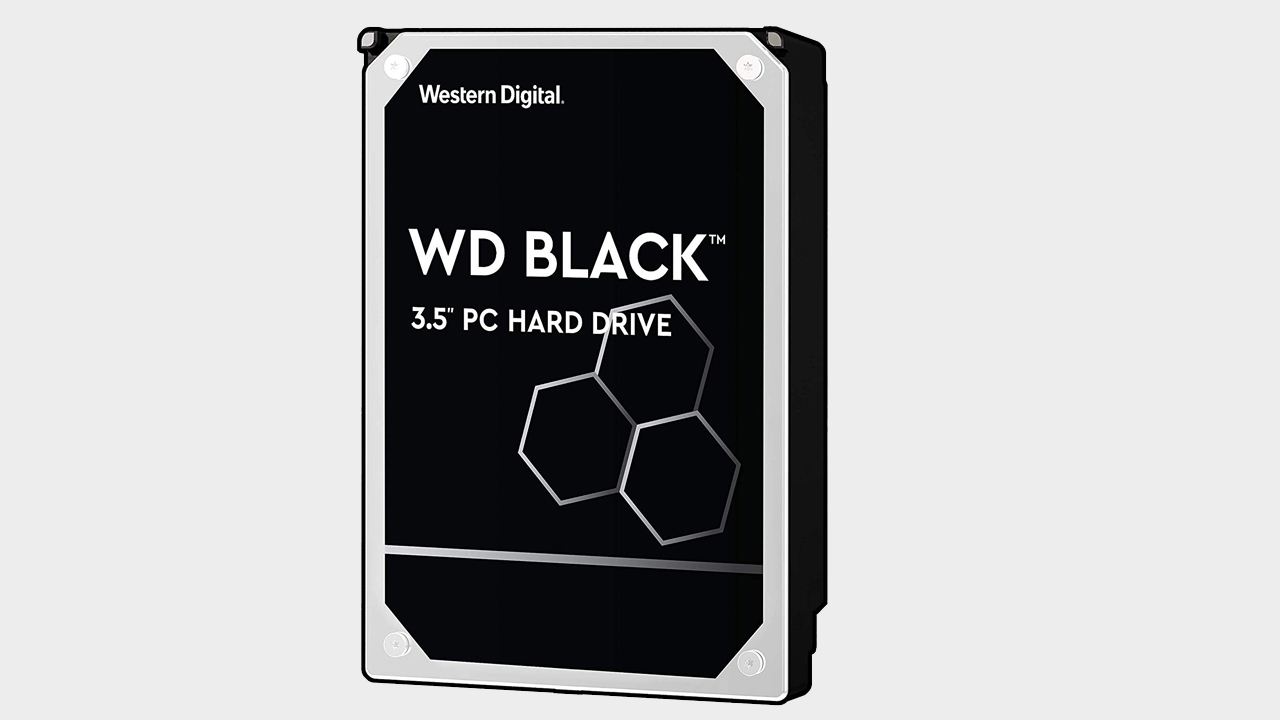
Given the install sizes of most modern PC games, it's probably a good idea to get yourself a new drive for your gaming PC. While SATA SSDs are almost cheap enough to recommend as secondary storage (what a world we're living in), you'll probably look to a regular HDD to keep the cost down when you hit multiple terabyte demands.
We recommend the WD Black drive because it's a 7,200RPM drive with a respectable 32GB cache, which offers 1TB of storage for about $70 or less. While you could get a WD Blue or Seagate Barracuda for less, the WD Black offers speed and reliability over capacity. Realistically, you'll appreciate that speed if you're planning to keep your HDD inside a gaming PC for more than a couple of years, as we already see load times creep up for the biggest games of 2020.
PSU
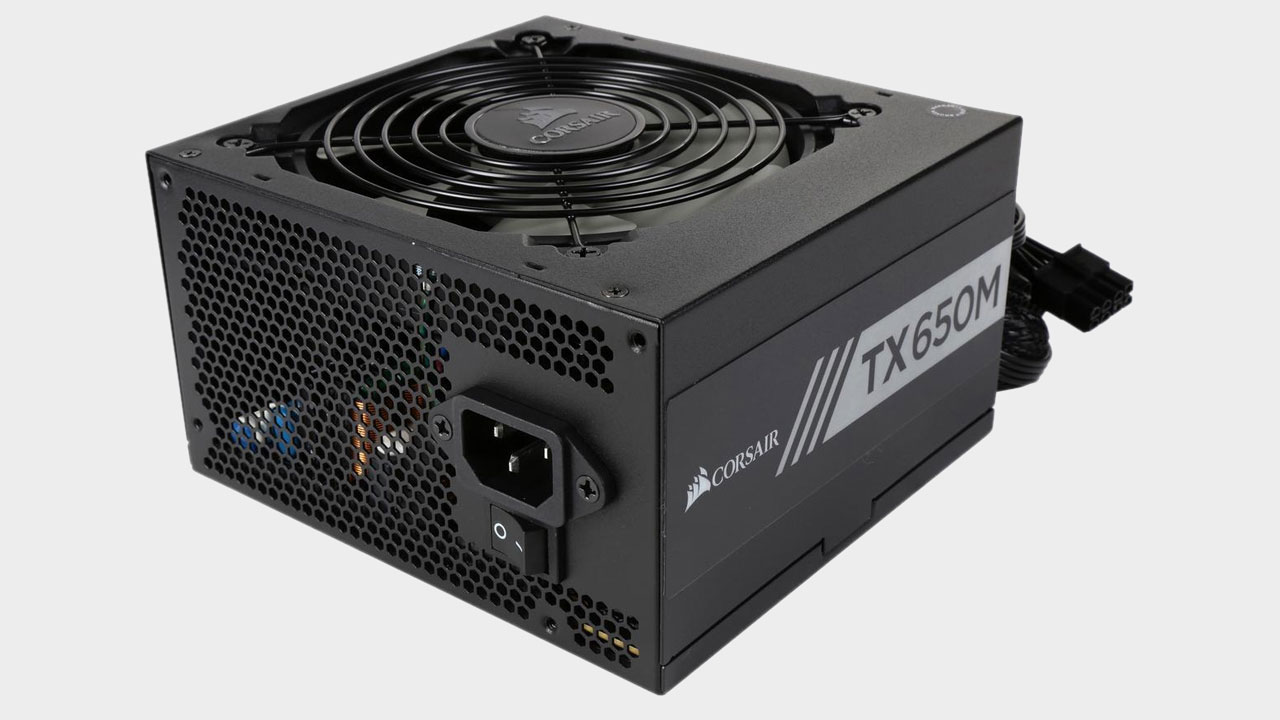
Power supplies are not the most exciting part of a gaming PC build. After all, it can be hard to tell them apart in terms of features. Even so, you don't want to skimp on your PSU. Corsair has an excellent and well-deserved reputation for its power supplies, and the TX650M comes at a reasonable price and delivers 80 Plus Gold efficiency.
Most power supplies from the bigger names are generally good, but we wouldn’t recommend that you put your money in anything with a warranty of fewer than five years or an efficiency rating below 80 Plus Gold (maybe Bronze in a pinch). The $10 or $20 saved often isn't worth the risk.
We also tend to go with modular PSUs where possible. It means less cable mess inside the case since you don’t have to stash unused cables somewhere. Instead, the remaining wires have to find a home in your closet.
Here's our guide to the best power supplies for PC gaming.
Case
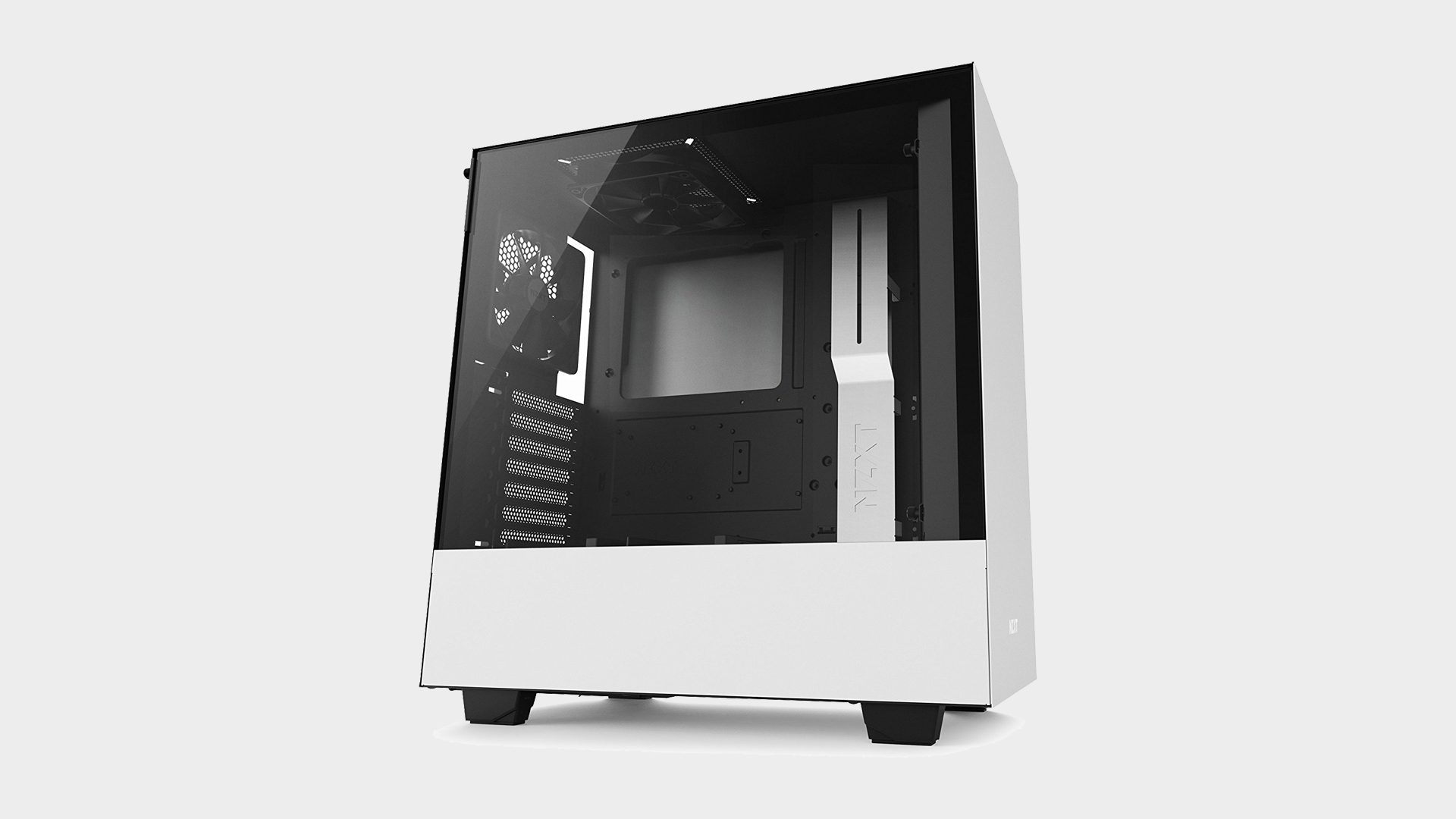
Cases can be as stylish or boring as you want. We're going to go for the former rather than the latter, with the NZXT H510, a slick, tempered glass case available in white or black. The NZXT H510 is also reasonably priced, which is always a bonus.
If you want other options, check our guide to the best mid-tower cases. The clean look goes well on any desk and doesn't stand out like many so-called 'gaming cases.' There's also the pricier H510i that integrates some smart features if you like the look of the H510 but want a few more bells and whistles.
Picking a case can be an entirely personal choice, so for more options, here are the best PC cases you can buy right now.
Components
from PCGamer latest https://ift.tt/2NBbut2
A gaming PC build guide might make some depressing reading right now. Such is the way of the current PC market in that, while it's easier than ever to physically build a gaming PC, it's never been harder to actually find the component parts to do so.

Your best chance of getting hold of the best graphics cards and CPUs right now is to buy one of the best gaming PCs or best gaming laptops.
The biggest issue is the graphics card shortage; GPUs are almost impossible to find right now, from the lowliest pixel pusher to the most powerful graphics monster. Whether it's Covid-19 related supply chain issues, or the resurgence of cryptocurrency mining with GPUs, they're either all out of stock or only available for many times their MSRP.
Despite all this, we're looking at a system with a target price of around $1,000, and that's where the rest of our build sits for the prospective $400 Nvidia GeForce RTX 3060 Ti that we would recommend for this level of system. And while It's possible to pick up everything aside from the GPU today, the graphics card really is the beating heart of any gaming PC, and that makes it difficult to recommend a full build without basing your new rig around a GPU.
Although the excellent AMD Ryzen 5000 series has entered the market, we're still recommending a last-gen chip as the best price/performance option. The Ryzen 5 3600 offers impressive six-core CPU chops for around half the price of the newer Ryzen 5 5600X, and means we can spend more on that ephemeral graphics card purchase.
If this isn't quite what you're looking for, also check out our budget PC build guide and high-end PC build guide. Or even get someone else to build it for you with a cheap gaming PC deal.
CPU

The Ryzen 5 3600 is an excellent candidate for mid-range gaming. It outclasses our previous pick for this build, the Intel Core i5 8400, and offers superior performance, overclocking and a slick-looking stock cooler all around the same price point.
There is going to be the question of whether we should have gone for the Ryzen 5 5600X given our love of the six-core, 12-thread Zen 3 chip. But while that CPU is now actually available, it's still pretty much double the price of the older Ryzen 5 3600. It will be the quicker chip, but if we're just talking about a gaming-focused machine with a tight $1,000 budget, taking that extra $200 and ploughing it into the promise of a graphics card purchase will yield greater performance.
Ultimately we went with the Ryzen 5 3600 because it gives us the best bang for our buck, and some additional room to expand into more powerful 3rd gen AMD CPUs down the line. If you're looking for a little extra power in your next build, check out our guide to the best CPU for gaming in 2021.
Motherboard

Sure, the Asus ROG Strix B550-E isn't the cheapest motherboard for a Ryzen 5 3600 chip, but it offers a huge amount of potential room for your PC to grow in the future. You get the chance to upgrade to the newer Zen 3 CPUs, taking full advantage of all the goodness AMD has baked into them, and that means you have the opportunity to shift to PCIe 4.0 devices going forward.
It's a premium motherboard, with all the trappings you'd expect from Asus' Republic of Gamers stables, such as 14+2 power stage, M.2 heatsinks, and pre-installed backplates. You also get Wi-Fi 6 wireless networking as well as Intel 2.5Gb ethernet too. And RGB LEDs, of course.
Performance too is typically good for a high-end Asus board, matching X570 motherboards for gaming performance without issue. The Asus ROG Strix B550-E Gaming is the whole package then, and right now is our all-around pick for the best B550 motherboard.
Please read our full Asus ROG Strix B550-E Gaming review.
GPU




The obvious problem is that it's borderline impossible to find a new RTX 3060 Ti right now, especially for anything near the $399 reference price of the mighty Founders Edition. But the RTX 3060 Ti is still the GeForce card that we would opt for, all things being equal.
It marks the same incredible generational leap in performance that has come to epitomise the Ampere architecture, up until the non-TI GeForce RTX 3060, that is. With performance that can often outpace the RTX 2080 Super, for a nominal $399 price tag, it's the mid-range card to beat. Something the RX 6700 will have to do now the Radeon RX 6700 XT has just missed the mark.
And, because of its RTX 2080 Super performance levels, that means you can nail 1080p and 1440p frame rates, but also that 4K at 60fps isn't beyond the realms of possibility for this GPU. The RTX 3060 Ti then delivers gaming performance that's rather stupendous when you look at generational gains over even the RTX 20-series—next to the 10-series it's quite frightening, actually.
Read our full Nvidia GeForce RTX 3060 Ti review.
Memory

Memory is pretty straightforward these days, though if the price isn't much higher you can improve performance slightly with faster RAM. DDR4 prices have thankfully galvanized somewhat, with typical costs for 16GB often falling well below $100. There are many options to choose from: Adata, Ballistix, Corsair, Crucial, G.Skill, GeIL, Gigabyte, Hynix, HyperX, Micron, Mushkin, Patriot, PNY, Samsung, Team, and XPG are all good brands as far as we're concerned.
Our main goal for gaming memory is DDR4-3000 or higher, with as low a CAS latency as possible, but at a good price. It doesn't make a lot of sense to buy extreme memory for a mainstream build, but with DDR4-3200 only costing $10 more than basic DDR4 kits, it's worth paying a little extra for AMD builds.
For more information, check out our guide to the best gaming DDR4 RAM options in 2020.
Primary Storage

An NVMe M.2 SSD offers swift access to your data, and the Addlink S70 delivers that snappy response at an exceptionally agreeable price. Fitted with 512GB worth of NAND flash, there's enough space for your operating system, applications, and a handful of games, too.
A single M.2 SSD offers flexibility when it comes to future upgrades, such as a SATA drive, second NVMe SSD, or high-capacity HDD—that's why we recommend picking up a capable one from the get-go and planning ahead to your next storage upgrade for a little more freedom with upcoming game installs.
If you're looking for other SSD options, then be sure to check out our guide on the best SSD for gaming.
Additional Storage

Given the install sizes of most modern PC games, it's probably a good idea to get yourself a new drive for your gaming PC. While SATA SSDs are almost cheap enough to recommend as secondary storage (what a world we're living in), you'll probably look to a regular HDD to keep the cost down when you hit multiple terabyte demands.
We recommend the WD Black drive because it's a 7,200RPM drive with a respectable 32GB cache, which offers 1TB of storage for about $70 or less. While you could get a WD Blue or Seagate Barracuda for less, the WD Black offers speed and reliability over capacity. Realistically, you'll appreciate that speed if you're planning to keep your HDD inside a gaming PC for more than a couple of years, as we already see load times creep up for the biggest games of 2020.
PSU

Power supplies are not the most exciting part of a gaming PC build. After all, it can be hard to tell them apart in terms of features. Even so, you don't want to skimp on your PSU. Corsair has an excellent and well-deserved reputation for its power supplies, and the TX650M comes at a reasonable price and delivers 80 Plus Gold efficiency.
Most power supplies from the bigger names are generally good, but we wouldn’t recommend that you put your money in anything with a warranty of fewer than five years or an efficiency rating below 80 Plus Gold (maybe Bronze in a pinch). The $10 or $20 saved often isn't worth the risk.
We also tend to go with modular PSUs where possible. It means less cable mess inside the case since you don’t have to stash unused cables somewhere. Instead, the remaining wires have to find a home in your closet.
Here's our guide to the best power supplies for PC gaming.
Case

Cases can be as stylish or boring as you want. We're going to go for the former rather than the latter, with the NZXT H510, a slick, tempered glass case available in white or black. The NZXT H510 is also reasonably priced, which is always a bonus.
If you want other options, check our guide to the best mid-tower cases. The clean look goes well on any desk and doesn't stand out like many so-called 'gaming cases.' There's also the pricier H510i that integrates some smart features if you like the look of the H510 but want a few more bells and whistles.
Picking a case can be an entirely personal choice, so for more options, here are the best PC cases you can buy right now.
Components
via IFTTT

Post a Comment